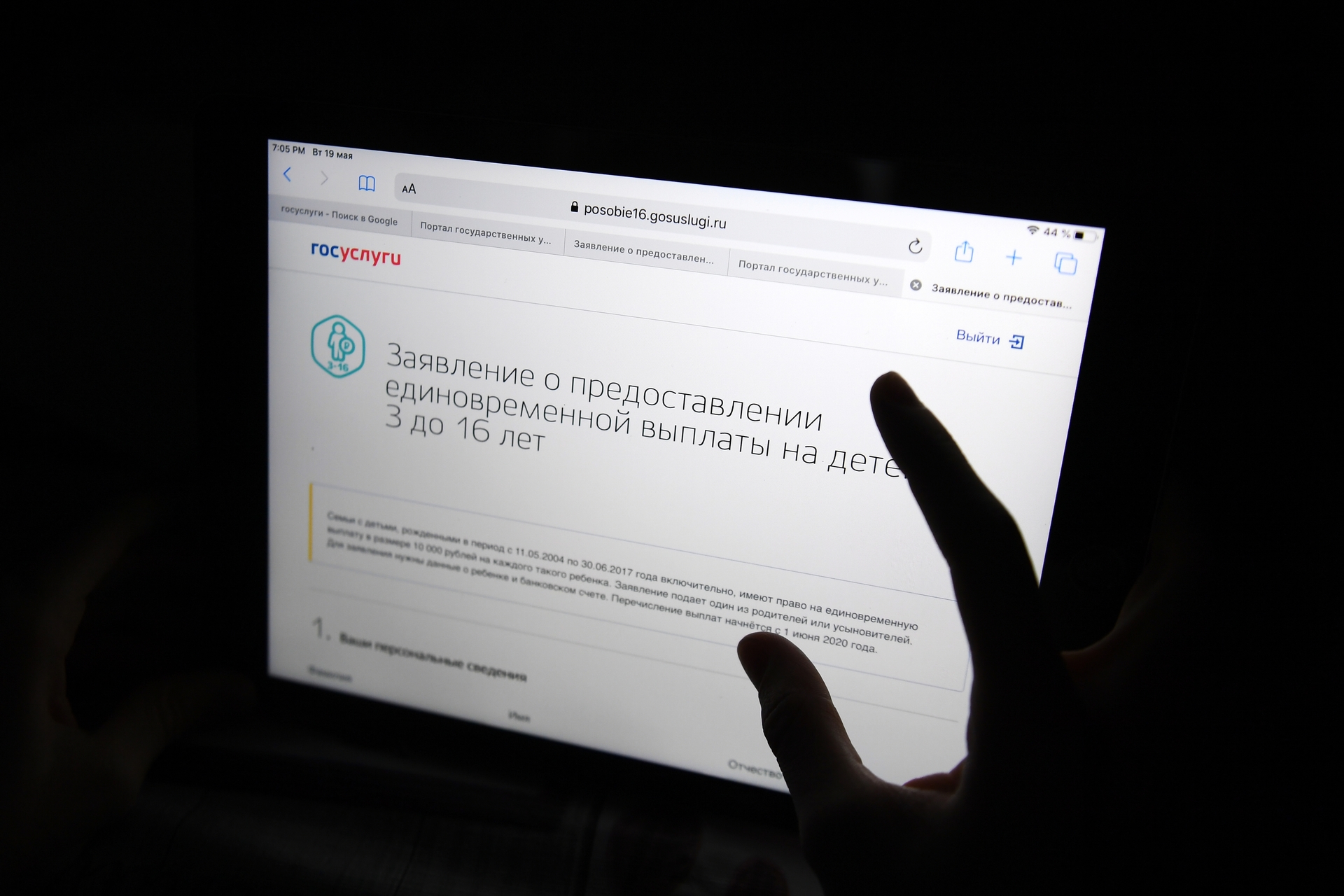The recession in the Russian economy has formally ended.
This is the conclusion reached by economists from the Center for Development Institute of the Higher School of Economics.
According to experts' estimates, as a result of the consequences of the coronavirus pandemic, from January to March 2020, the country's GDP decreased by about 2% in quarterly terms, and from April to June, the decline rates accelerated and exceeded 5%.
However, from July to September the economy grew by 4.2%, and from October to December - by 1.7%.
At the same time, in the second half of 2020, there has been a recovery in investment in Russia.
"The growth of the main macro indicators for two quarters in a row at the end of 2020 formally allows us to talk about the end of the recession in Russia by the beginning of 2021," experts say in their study.
Moreover, according to the researchers, the decline in investment in Russia that occurred during the pandemic was relatively shallow.
So, by the end of 2020, the volume of capital investments in the economy decreased by only 1.4%.
At the same time, during the crises of 2009 and 2015, the indicator fell by 20.9% and 13.1%, respectively.
“If we proceed from the hypothesis that the crisis has already ended, we can state that the current decline in investment activity was much milder than during the two previous recessions,” the report says.
As one of the authors of the study, Deputy Director of the Institute "Development Center" of the National Research University Higher School of Economics Valery Mironov, told RT, traditionally the dynamics of investment is a leading indicator of the state of the economy in a crisis.
Moreover, during a recession, as a rule, investments fall much more than other indicators, but this did not happen in Russia, the expert emphasized.
“In 2020, we have a paradoxical situation: investments have fallen very little.
The fact is that the crisis was very short and unexpected, so big business, which prevails in the Russian economy, did not even have time to reduce capital investments, ”explained Mironov.
According to him, investments were mainly reduced by small businesses, whose share in Russian GDP is about 20%.
In many other countries, this figure reaches 60%, so the collapse of capital investments abroad turned out to be more significant than in Russia, the specialist added.
Support factors
The recovery in economic activity in Russia in the second half of 2020 was partly due to the relaxation of quarantine restrictions.
This point of view in a conversation with RT was expressed by the chief analyst of the TeleTrade Group of Companies Mark Goykhman.
“As in many countries, in Russia from the introduction of the lockdown, the areas of cultural and entertainment events, sports and recreation, tourism, hotel business and catering, transport, as well as non-food trade have suffered the most.
In turn, as the restrictions were lifted in these industries, there was a revival, ”the expert emphasized.
In addition, the general resumption of business activity in the world by the end of 2020 also had a positive impact on the Russian economy.
This was told to RT by Alexander Abramov, Head of the Laboratory for the Analysis of Institutions and Financial Markets at the Institute for Applied Economic Research, RANEPA.
“The global economy began to gradually recover, as a result of which the consumption of energy resources in the world began to increase.
Against this background, oil and gas prices increased, which played into the hands of our exporters, ”Abramov explained.
However, the main factor supporting the Russian economy was the anti-crisis measures of the authorities, experts say.
We are talking about direct payments to families with children and subsidies to the most affected industries, as well as grants and soft loans to enterprises to pay salaries to employees.
In addition, the government has agreed on tax deferrals and exemptions for companies and entrepreneurs.
At the same time, the state launched a preferential mortgage program at 6.5% per annum and a cashback program for trips across Russia to support tourism.
RIA News
© Maxim Bogodvid
As Russian President Vladimir Putin previously noted, in total, the country's leadership allocated about 4.6 trillion rubles, that is, about 4.5% of GDP, to combat the consequences of the COVID-19 pandemic in 2020.
According to the Russian leader, the amount of direct assistance to the population amounted to 838 billion rubles.
In turn, small and medium-sized businesses received about 1 trillion rubles of state support through various channels.
At the same time, as follows from the HSE report, the pandemic has provided opportunities for the development of sectors that produce goods and services that are in demand in conditions of self-isolation and an increased likelihood of infection.
In addition, against the background of food shortages in a number of countries and the weakening of the ruble in 2020, the opportunities of Russian agricultural producers in the international market have significantly increased.
“The greatest impetus for development was received by medicine and pharmaceuticals, as well as online trade and services, which consumers began to turn to more due to lockdowns and self-isolation.
In turn, the restriction of world production of crops and food products due to the pandemic contributed to a higher demand for the products of the Russian agro-industrial complex, which largely avoided quarantine measures, ”explained Mark Goikhman.

